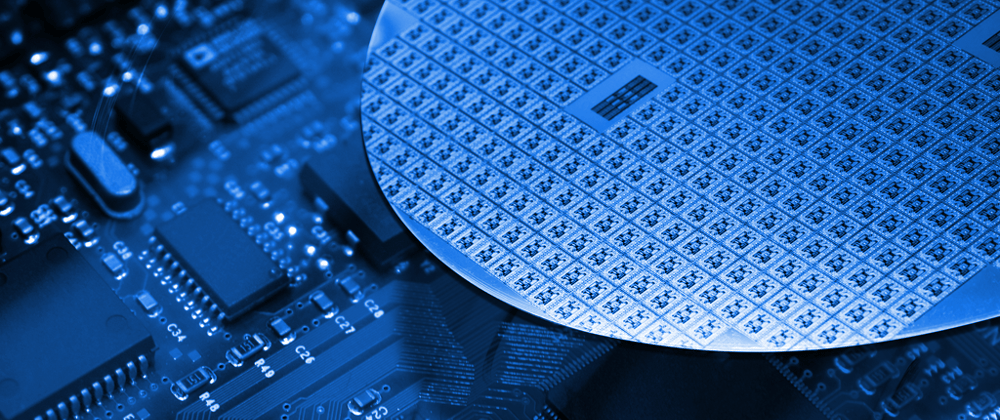In the last tutorial, we have seen the properties of semiconductors, so now let's have a look at the Applications of Semiconductors. I will also sum up this tutorial series today.
Applications of Semiconductors in Industry
The use of semiconductor materials make possible numerous technological wonders, including transistors, microchips, solar cells, and LED displays. With the microprocessor, we can control the operation of car, trains and space vehicles. Semiconductors are widely used in our industry nowadays. Some applications of semiconductors in industry are as follows:

- Day by day with the increase in technology semiconductor requirement is also going to improve. Nowadays as per industry demands many new devices are discovered with the help of semiconductor materials. Without transistors and integrated circuits, our modern life would be very difficult.
- semiconductors are present in almost all modern electronics. It is available on mobile or computer. Semiconductors are a necessary component of electronic devices, in communications, computing, healthcare, military systems, transportation, clean energy, and countless other applications.
- Due to their role in the fabrication of electronic devices, semiconductors are an important part of our lives. Imagine life without electronic devices. There would be no smartphones, radios, TVs, computers, video games, or advanced medical diagnostic equipment.
- With the microprocessor, we can control the operation of cars, trains, and space vehicles. The microprocessor is made up by numerous transistor and other controlling devices which made up by the semiconductor material.
- Semiconductors are used in solar technology. With a PV solar system, sunlight hits a solar panel, made out of a semiconductor material like silicon.
- Semiconductors plays an important role in 3D printing machines. Working with a system that is designed for 3D printing circuit boards is an excellent way to complement an existing semiconductor manufacturing process for low-volume.
- Temperature sensors which are used in air conditioners are made with semiconductor devices. These are the electronic devices manufactured to present-day electronic semiconductor devices like microprocessors.
SUMMING UP!
So, Guys isn’t it exciting to know that now you can familiar with the semiconductors by reading the article along with all of its description and usage. We discussed all about semiconductors that can help you to understand the concept of semiconductors.
So, if you have any queries about this article, must inform us. If you like this article, let us know about it in the comment section. If there is any problem with this, must inform us. We would love to solve your queries.
FREQUENTLY ASKED QUESTION:
Question No 1: What are the elements that make a good semiconductor?
Answer: Two elements make a good semiconductor, and they are Silicon and Germanium. Both elements have four valence electrons.
Question No 2: Why does the Resistivity of Semiconductors go down with Temperature?
Answer: The difference in resistivity between conductors and semiconductors is due to their difference in charge carrier density.
The resistivity of semiconductors decreases with temperature because the number of charge carriers increases rapidly with an increase in temperature, making the fractional change i.e. the temperature coefficient negative.
Question No 3: Why extrinsic semiconductors are used in electronics manufacturing?
Answer: Because the electrical conductivity of the extrinsic type is high compare with intrinsic. So these are applicable in designing transistors, diodes, etc.
Question No 4: What is the principle of semiconductor?
Answer: Insulators such as oil, glass, rubber and ceramics have a large band gap which prevents the flow of electrons. Semiconductors in contrast have a small band gap and the flow of electrons and electron holes can be controlled by adding impurities to the material.
Question No 5: Why the valence band in semiconductors is partially empty and the conduction band is partially filled at room temperature?
Answer: In semiconductors, the conduction band is empty and the valence band is completely filled at Zero Kelvin. No electron from valence band can cross conduction band at this temperature. But at room temperature, some electrons in the valence band jump over to the conduction band due to small forbidden gap i.e. 1 eV.







Top comments (0)